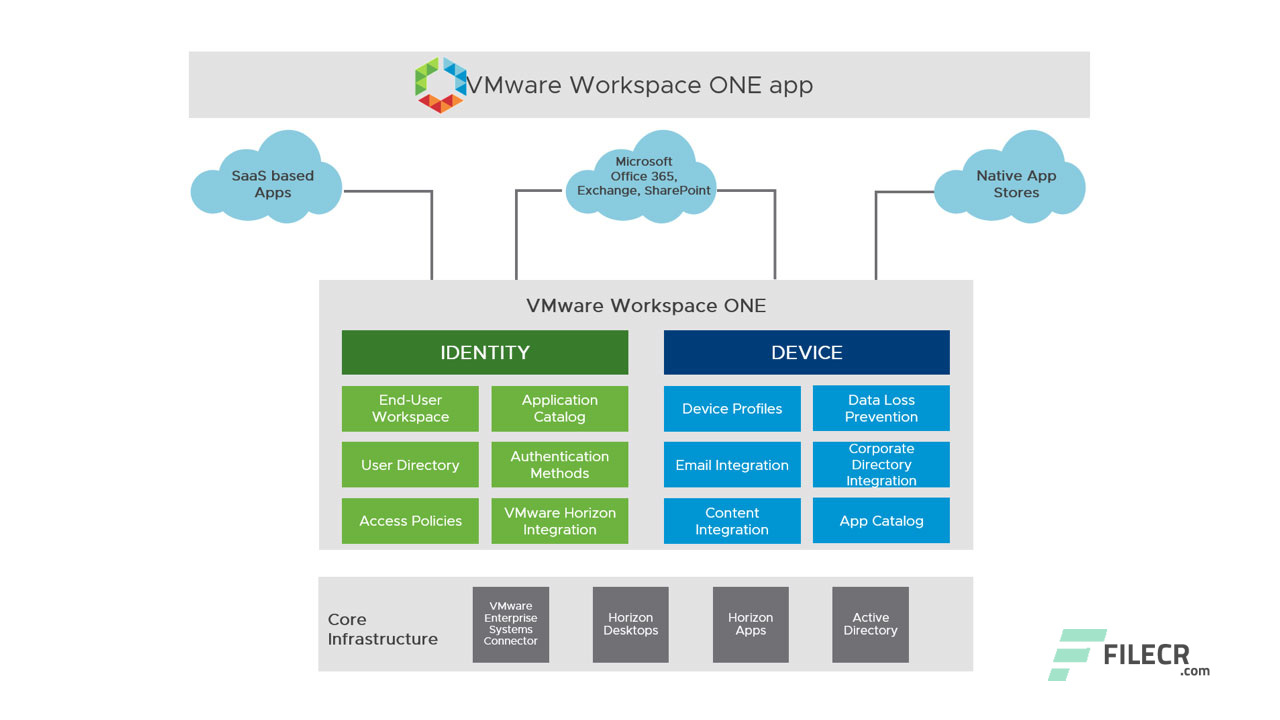

If you are going to create multiple clusters (like 8 clusters à 5 hosts, or 4 clusters à 10 hosts, etc.) why not use one of those clusters to run your vCenter server? If you're going to build multiple clusters I'd suggest spreading them evenly across all 5 blade enclosures (this will help if one entire blade enclosure has a problem).
Apple server os data center vmware update#
So you will have 40 ESXi hosts running ESXi 6.0 Update 3 and spread across 5 UCS blade chassis.Īre you going to create one big cluster with 40 esxi hosts?
Apple server os data center vmware windows#
If you are using Windows vCenter Server you should back up your SQL database regularly. If you are using the VCSA then there are multiple ways to achive this (one of which: Automating VCSA Backup & Restore – virtualfrog – daily virtual life ). To protect against logical errors you should look into backing up your vCenter database on a regular basis. With vSphere HA your vCenter VM should be sufficiently protected from hardware failures. We might see a active-active vCenter HA feature in a future release but as of today VMware cannot synchronise the vPostgres database for active-active configurations.īased on your use-case to have a redundant design. However, vCenter Heartbeat and vCenter HA are not Active-Active Designs, they are active-passive. VCenter HA (Feature of vSphere 6.5, which was already being discussed here) is the official product replacement. It is no longer available (I think you were able to use up to vSphere 5.0 but I'm not sure).


VCenter Heartbeat used to be a product offering from VMware.


 0 kommentar(er)
0 kommentar(er)
